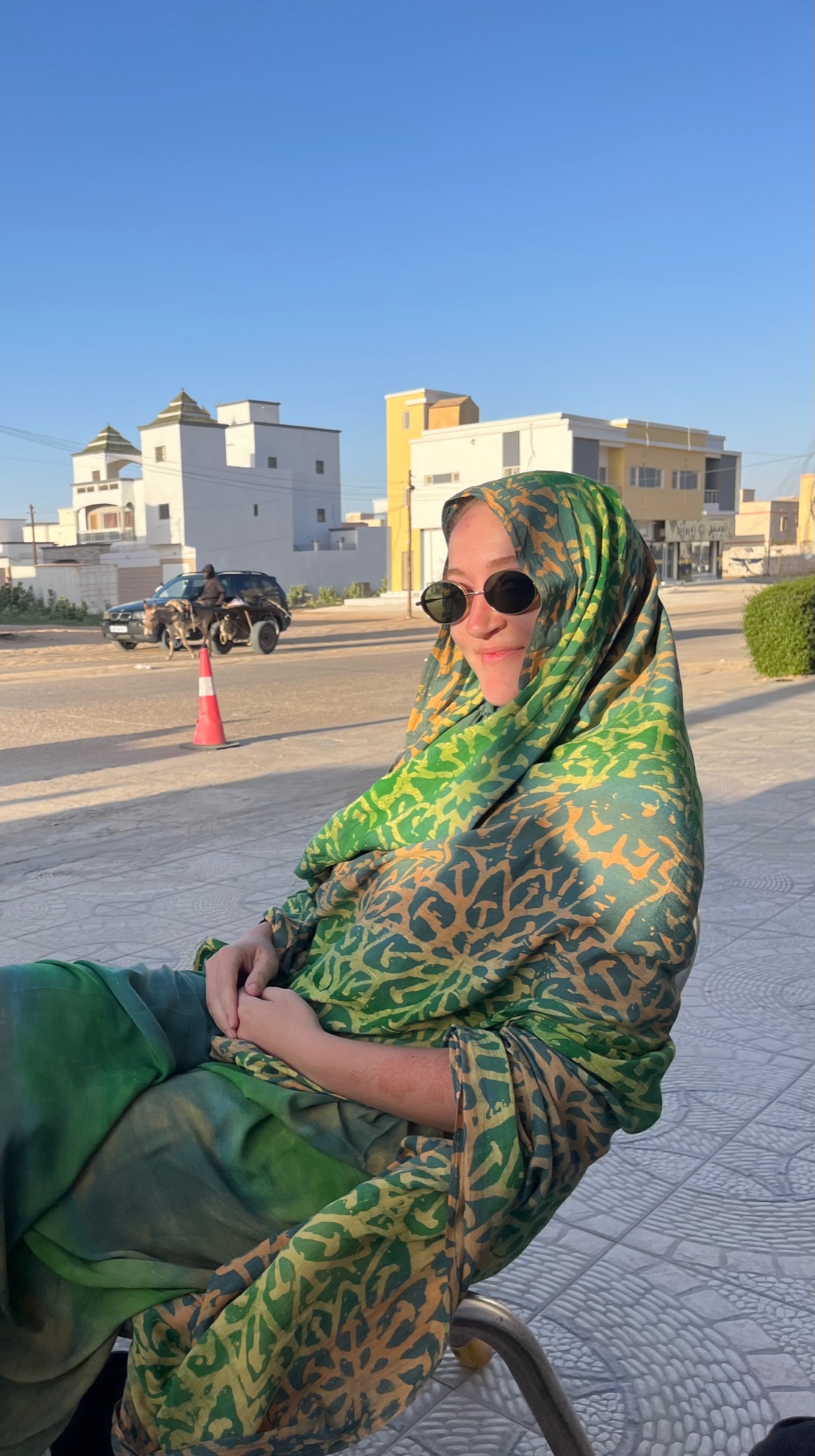North Africa is home to some of the most beautiful and intricate prehistoric rock art in the world, and much of it is located in Algeria in Tassili n’Ajjer. There are over 15,000 rock carvings and paintings in this area alone, all done between 10,000 BCE and 1000 BCE. One of the most famous pieces in this region is The Crying Cows, which is carved into an isolated rock hill (or inselberg). It is estimated to be between 7,000-8,000 years old. It depicts a scene of long-horned cattle, each with what looks to be a tear dropping from their eyes. It is not just impressive for its age, but also the artists clear mastery and technical ability.
What was going on in the world 8000 years ago?
Humans 8000 years ago (around 6000 BCE) were living in the stone age- their tools would have been made with materials like obsidian, wood, and bone. The Agricultural Revolution was all the rage, and many hunter-gatherers were making the transition into settling down into farm life and forming small villages. Typical farm animals such as cows, sheep, pigs, and goats were being domesticated (while dogs had already been domesticated for thousands of years).
To put it in perspective, this point in time was about 2,500 years before the invention of the wheel, and about 3,500 years before the pyramids of Giza were built. The Bronze Age and the empires and armies that would come along with it would not take place until 3300 BCE. At 6000 BCE, there were not even writing systems developed yet, but there was art and spirituality.
At 6000 BCE, the Sahara was not a desert
Around this time, the Sahara was a lush, green savannah that was full of life. This period, which lasted from 9000-5000 BCE is known as the African Humid Period, and the environmental change afterwards was mostly due to slight orbital shifts (though humans might have helped speed the process up). Rain was plentiful, and rivers were full of animals like crocodiles, hippos, and fish. Fossils of these creatures have been found, and we can see these animals represented in prehistoric rock carvings throughout the now extremely arid Sahara. This early art depicted scenes of herds of grazing giraffes, elephants, and buffalo; humans engaged in hunts; and a little later on, early agricultural and cattle herding tableaus like The Crying Cows.
Interpreting the Crying Cows
Many find this carving haunting and evoking sadness. Of course, we can’t be certain that the tear represents any sort of sorrow as we don’t know what kind of attachment humans had to this symbol so many thousands of years ago. The most popular theory of course does attach our modern-day sentiments. Many believe the cows are crying over the drought and drying of their beautiful grasslands, which could have well been happening around this time. There likely would have been much desolation for the agrarian people that had settled here as the African Humid Period came to a close. If this interpretation is correct, it’s very interesting because it’s one of the earliest examples of humans experiencing climate anxiety over the changing world around them.
The local legend surrounding this piece is that a shepherd brought his cows here upon hearing there was a spring. When they arrived, they found the spring to be empty of water due to a drought, and he carved this piece as he watched his cattle die one by one.
Another interpretation is that the tear is an adornment or jewel of some sort. Many early societies in North Africa around this time revered cattle, and this could have been either a symbol that was painted on the cow, or even just a stylized choice made by the artist as he or she carved. Another theory, going along with cow appreciation, is that the tears might represent some sort of ritual sacrifice or ceremony, giving the piece a spiritual meaning.
Artistic impressiveness of the Crying Cows
The skills the artist demonstrates with this piece are that of an accomplished sculptor. As sunlight travels across the rock, the cows appear to move and grow throughout the day, especially close to sunset. Many believe it would have taken very precise calculations by the artist of the depth of his or her carvings to play with light and shade in this way. The image itself is stylized but natural. It has been observed that when it rains, the basin next to the rock fills with water and it appears as though the cows are drinking.
The piece shows us that not only were humans surviving and beginning to form societies at this time, but they were exploring complex emotions through art. Even if the tears are not meant to be tied to any sort of emotion, the piece is then an artistic depiction of the cultural values in this society.
Want to see more Saharan prehistoric rock art? We visit the south of Algeria on all our tours, and often visit the Crying Cows on our trips to Djanet. Check out our Algeria group tour itineraries here! Don’t see dates that work for you or exploring Algeria on your own? Let us know if we can help! Send us an email at [email protected].
If you want to read more about Algeria, check out these other blogs such as 8 Interesting Facts About Algeria and Must Try Foods of Algeria.



